Vegetarian Carbonara with Zucchini & Asparagus
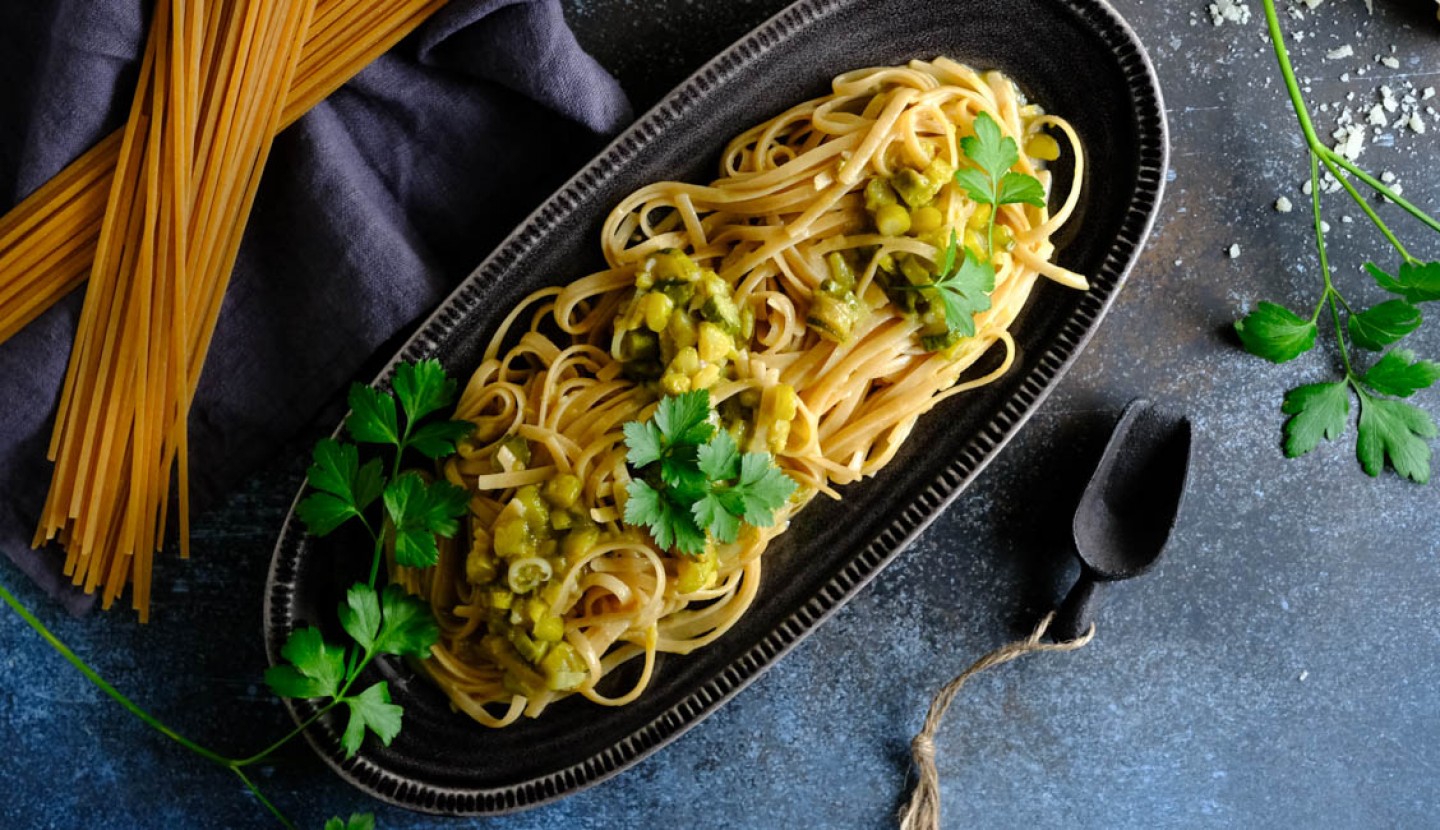

"Μy family's farmhouse sits on a hill right below the medieval town of Gradara, a quaint bouquet of houses famous for its top-quality restaurants, its romantic candlelit alleys and the massive, elegant Gradara Castle- a storied landmark that was destroyed and rebuilt after a war between two families in the 1500s"
Valentina Solfrini, Naturally Vegetarian

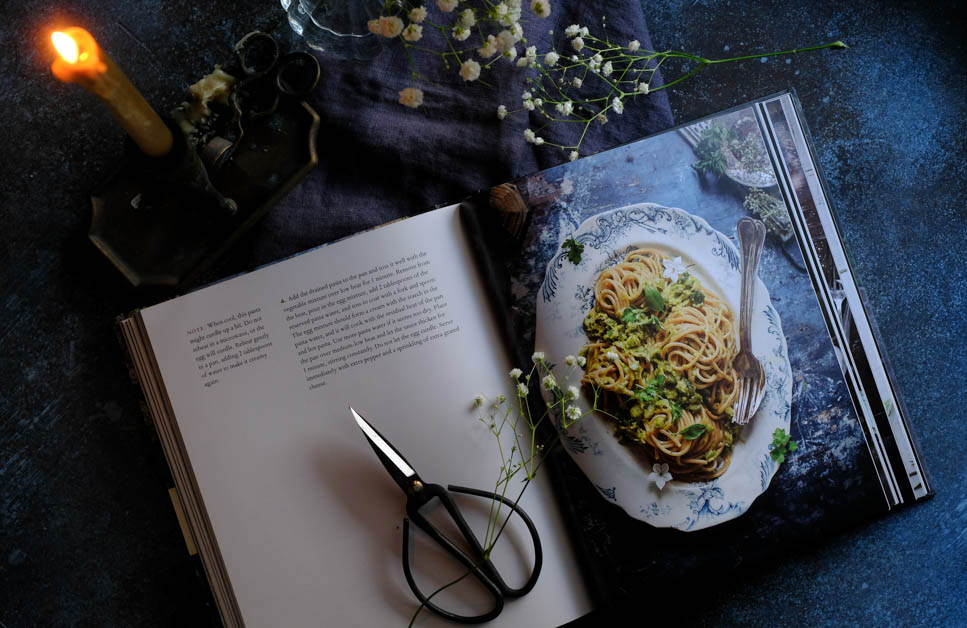
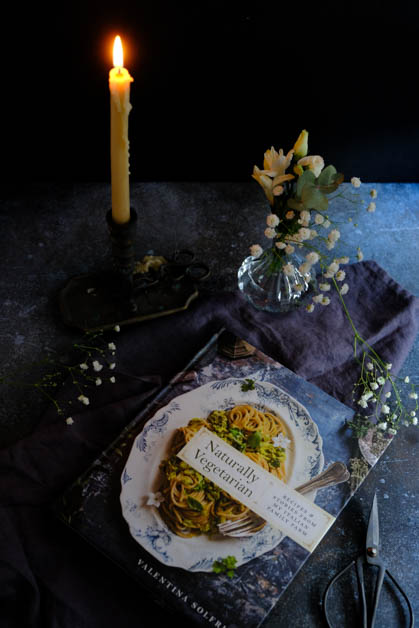
Writing last week’s post about our trip to Gradara brought back so many beautiful memories that are still simply stuck in my mind. So many vivid images, scents and flavors, a magical feeling that just overwhelms you. While taking a trip down memory lane, I flip through Valentina Solfrini’s gorgeous book, “Naturally Vegetarian”. I remember the relief I felt when I found out that this book includes many of the recipes that we tasted during our stay in Gradara.
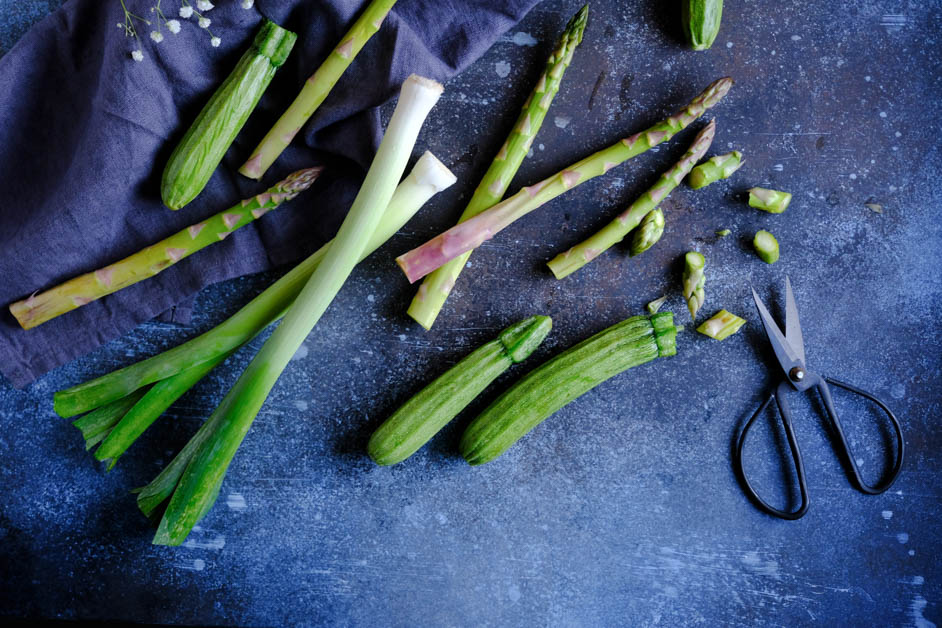
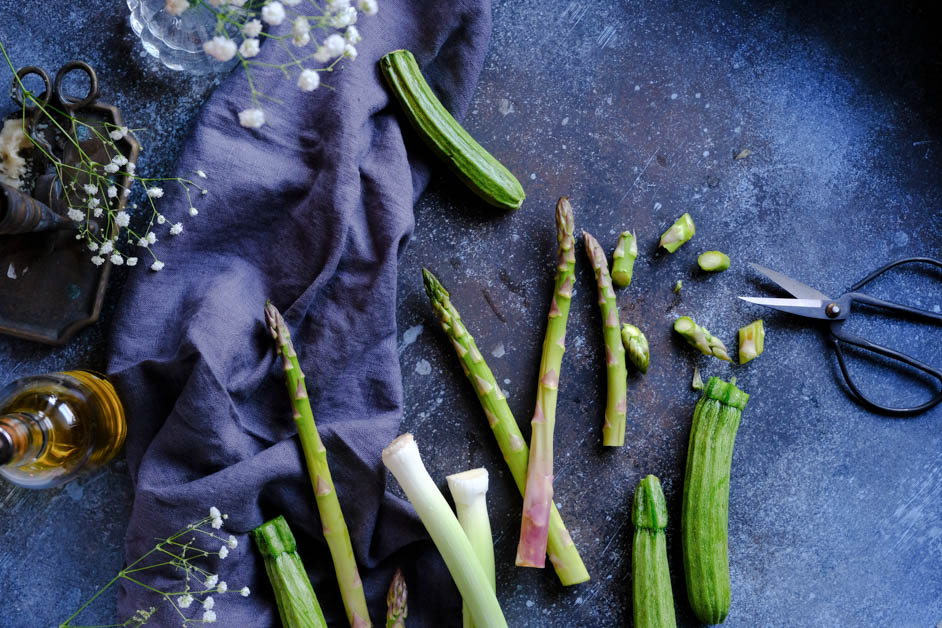


Valentina’s story, just like Valentina herself, is amazing. Born and raised in the Italian countryside, on the outskirts of Gradara, she grew up in a farm that belonged to her family for generations. Her garden was like a bouquet of fruit-bearing trees; olive, chestnut, almond and walnut trees. Just like the whole region of Emilia Romagna, her family had a huge food tradition. Valentina also had another privilege, as two women in her family were professional Chefs! From a very young age, she was surrounded by flours and sauces. As a child, she grew up with fresh homemade food, cooked with the most high quality, seasonal ingredients. Naturally, she’s a worthy successor of this longstanding tradition.




“My grandma worked as a pasta maker at Bologna’s fairs, and she could roll a sheet of dough out thin like no one else. She’d say that if you make pasta in Bologna, it has to be thin enough that you can see St. Peter’s Cathedral through it. Likewise, my mom has worked as a cook in restaurants and hotels all her life. She started out at eleven in a pastry shop where she could not even reach the counter and had to stand on a little stool. With two women like that in the house, it was no wonder I would learn a thing or two about cooking! It was such a basic and everyday part of life. It was not often that we set foot in a restaurant. My grandmother and my mother alike didn’t really trust other people to prepare their food.”

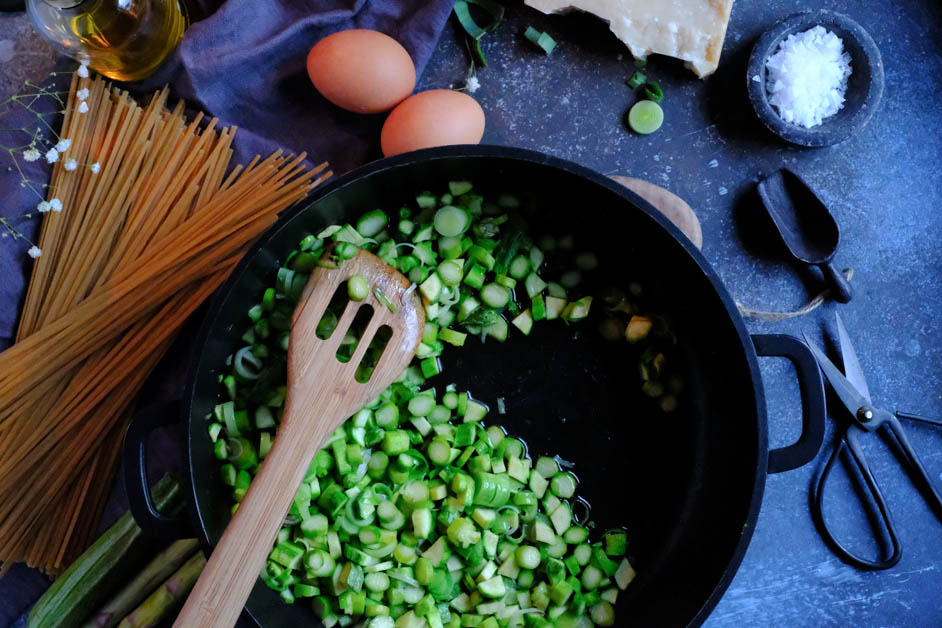
But cooking wasn't Valentina's first love. While trying to make her own path in life, she fell in love with art. She studied design and Illustration and moved to New York in search of new things for her art and her future. While living in New York, she started cooking for the first time on her own and that’s probably when she discovered her love for cooking and reevaluated all the things she took for granted back home. She soon found out that finding high quality, seasonal ingredients was not an easy task and homemade food in New York was probably a luxury. Thus, she started experimenting in her tiny kitchen, discovering the value of the nutritional habits she grew up with.

Emilia Romagna’s cuisine is very rich and meat has a very strong presence. A typical meal starts with antipasti, a variety of salami and cured meats, followed by pasta served with sausage or filled with some kind of meat. Sauces and gravies are always made with meat and intestines. Mostly chicken and pork are used in the mountains while seafood is more prevalent on the coast of the Adriatic Sea.

It was Valentina’s personal choice to reach for a vegetarian diet. She occasionally enjoys seafood or some local cheese but primarily, she prefers cooking with vegetables and fruits. Going back to Italy meant going back to an abundance of gorgeous ingredients. She almost immediately started to make old traditional recipes, adapting meat-based dishes in her plant-based diet. The use of seasonal, fresh ingredients and homemade dishes is always a priority for her. She stayed in the kitchen for hours, testing and tasting new ingredients; chestnut flour, emmer wheat, ancient grains, legumes, cold-pressed oils. She searched for old, traditional techniques of pasta and bread making, old family recipes and loved to be a part of the tradition of passing down knowledge from mother to daughter. When she moved back to Gradara, she fell in love with the whole process of cooking all over again. She managed to combine traditional dishes with a more modern approach, always focused on healthy ingredients.
"New York gave me a new perspective to share the flavors I love from our countryside with the world"


Another important detail about Valentina is that she is also an amazing photographer, combining cooking with photography in an extraordinary way. All of her creations are accompanied by beautiful pictures, in her Instagram account, blog (hortus cuisine) and her book! I must confess I find endless inspiration in her work.


I’m thinking of making some of Valentina’s recipes and share them with you. They are the definition of “nutritious food” and will only be beneficial for us. I’m starting off with Vegetarian Carbonara with zucchini and asparagus that I’ve made before and that is truly delicious.

"Ι don't think there is another population in this world who can argue over a recipe like the Italians. We have strong opinion on all things food, but there is one dish that triggers more arguments than any other: carbonara! Pancetta or guanciale? Cream or no cream? And how much pepper? Still, there are two things we all agree on: The pasta should be tossed with the sauce and pasta water to make the carbonara creamy and not scrambly, and, of course, we agree that no matter how it is prepared, carbonara is delicious."
Valentina Solfrini
Ingredients
1/4 cup (60ml) olive oil
1 medium onion or leek (200g) thinly sliced
2 small zucchini (200g) halved and thinly sliced
16 asparagus spears (200g) trimmed of the hard stalk and thinly sliced
1 1/2 teaspoons salt, plus 2 pinches for the pasta water
10 ounces (270g) whole-wheat or spelt spaghetti or paccheri
2 large eggs plus 2 large egg yolks
1/3 cup (50g) grated pecorino or Grana cheese, plus more to finish
1 teaspoon pepper, plus more to finish
Method
1. Place the olive oil and onion in a medium-large pan and saute over medium heat, stirring often, for about 5 minutes, until the onion is translucent. Add the zucchini, asparagus, and 1 teaspoon salt and cook while stirring for 5 minutes more. Add 1/2 cup (50ml) water, cover, and cook for about 15 minutes, until almost all of the water is gone. All the vegetables should be soft at this point. If they are not, add another splash of water and cook until tender. When the vegetables are cooked, uncover, stir, and let the remaining water evaporate completely.
2. Bring a large pot of water to a boil over high heat, then add coarse salt in the proportion of 1 scant teaspoon for every 4 cups (1l) water. Boil the pasta according to the package instructions, but drain it 2 minutes before the end of the cooking time. Reserve about 1/2 cup (125ml) of the pasta water.
3. Meanwhile, place the whole eggs and yolks in a medium bowl and whisk them with the cheese, the remaining 1/2 teaspoon of salt, and the pepper.
4. Add the drained pasta to the pan and toss it well with the vegetable mixture over low heat for 1 minute. Remove from the heat, pour in the egg mixture, add 2 tablespoons of the reserved pasta water, and toss to coat with a fork and spoon: The egg mixture should form a cream with the starch in the pasta water, and it will cook with the residual heat of the pan and hot pasta. Use more pasta water if it seems too dry. Place the pan over medium-low heat and let the sauce thicken for 1 minute, stirring constantly. Do not let the egg curdle. Serve immediately with extra pepper and a sprinkling of extra grated cheese.
Note: When cool, this pasta might curdle up a bit. Do not reheat in a microwave, or the egg will curdle. Reheat gently in a pan, adding 2 tablespoons of water to make it creamy again.

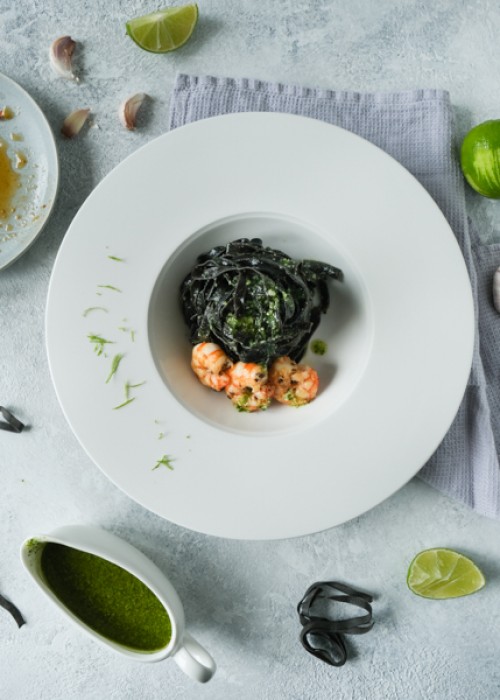


Comments